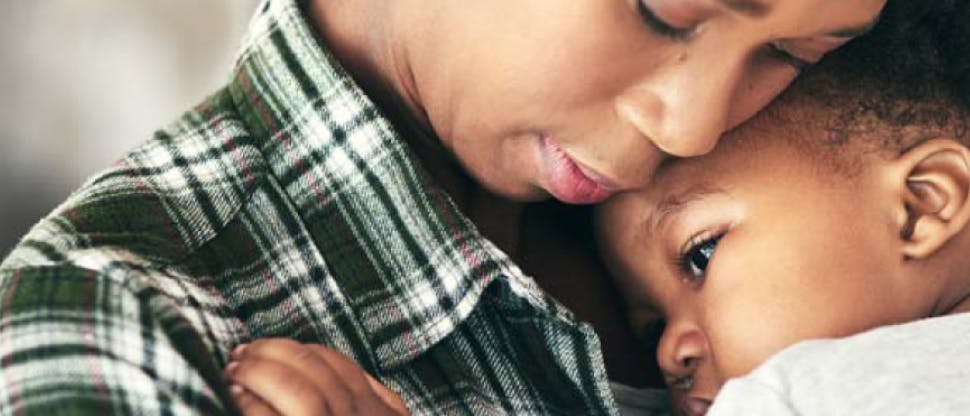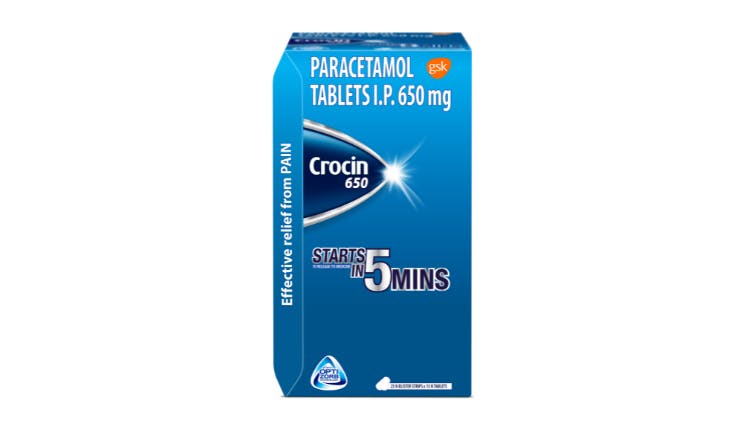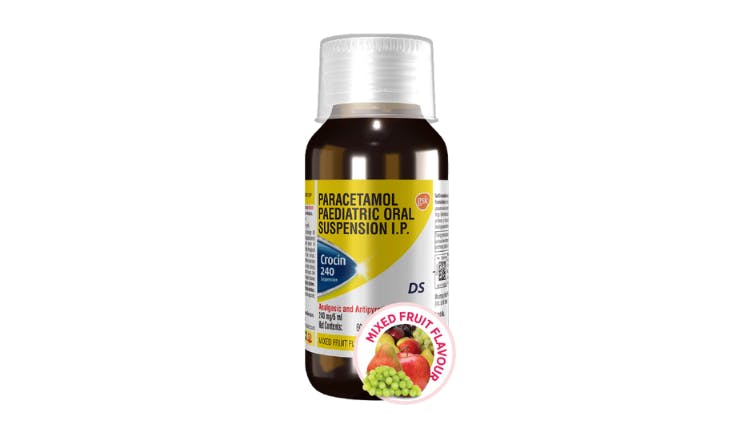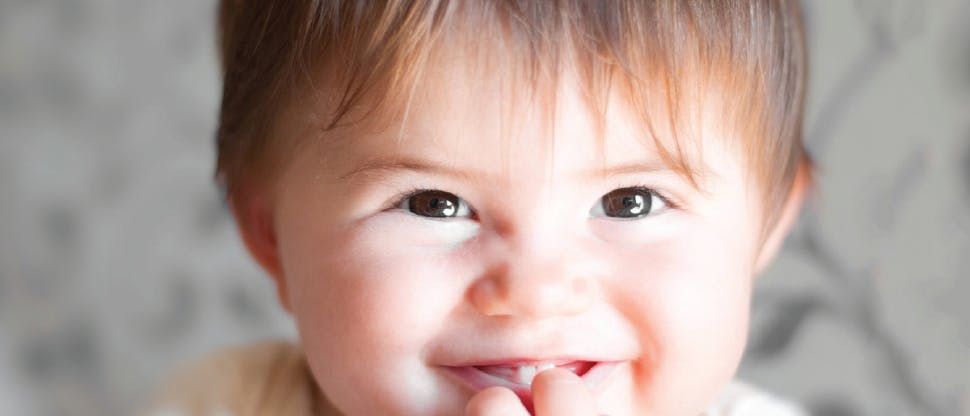Causes of fever

How does fever occur?
Fever occurs when the hypothalamus resets the normal temperature point to a higher level. Though the body is still working to balance the heat produced with that which it releases, since the set-point is now higher, the body temperature rises.1
The increase in body temperature occurs due to various reasons such as release of certain chemicals called cytokines in response to invading microorganisms, cancer cells or any other foreign matter. It is also in response to the body producing white blood cells and antibodies to protect it from the invading foreign matter.2
Common causes of fever
Understanding fever
How do they present?
Refresh your knowledge on the signs and symptoms of fever and learn about “red flag” symptoms that indicate a referral to the doctor.
What can you recommend to your patients for fever?
Find out more about both non-pharmacological and pharmacological treatments for fever in both adults and children.
Learn more

Releases paracetamol 2X faster8*
With 2x faster disintegration and absorption than standard paracetamol tablets, Crocin 650 relieves pain faster8 and can be taken even on an empty stomach.9,10†

Learning module for pharmacists
A useful tool specifically tailored for pharmacists to treat children’s fever and pain using appropriate over-the-counter products.

Tough** on fever and pain,11 gentle on the child11,12‡
Crocin for children contains paracetamol which is recommended as first-line treatment for fever and mild-to-moderate pain in children.12-14 It starts to relieve fever within 15 minutes.11,15,16†

